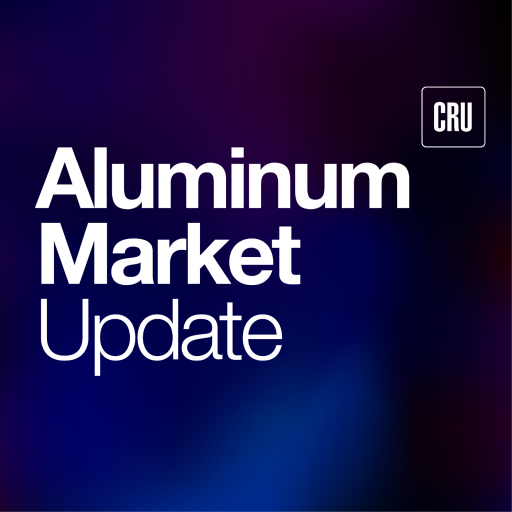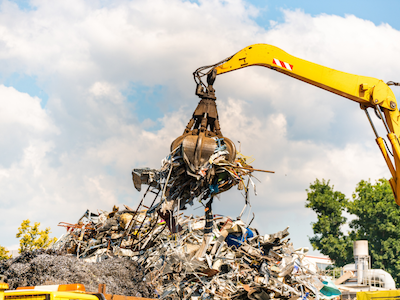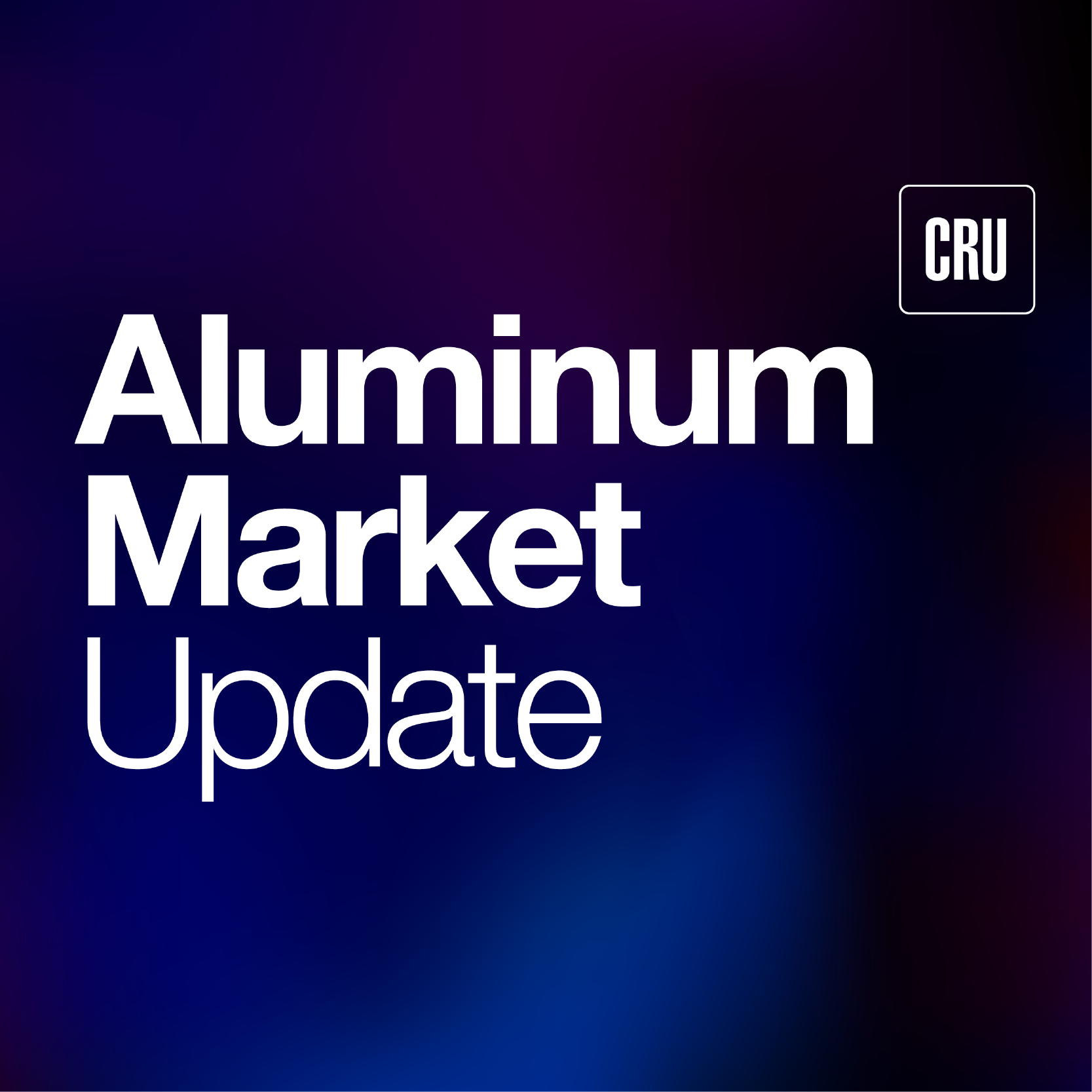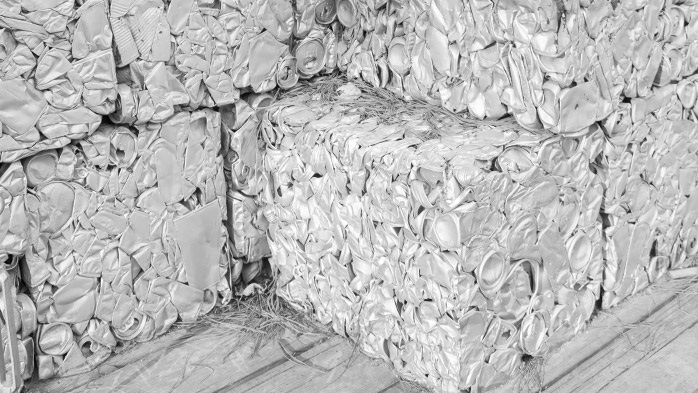Aluminum Scrap Markets
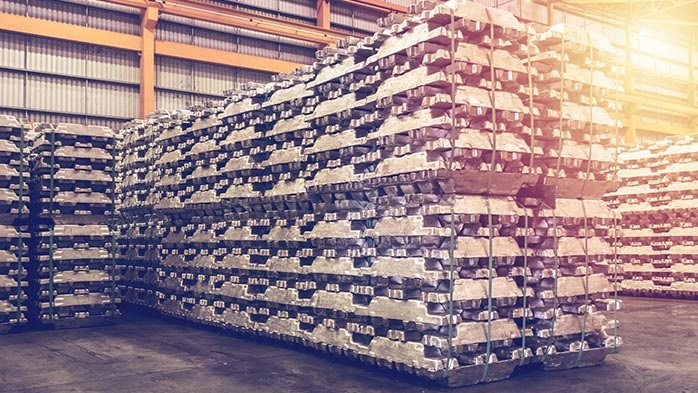
July 21, 2025
June PPI data reveals margin pressure mounting in aluminum's midstream market
Written by Nicholas Bell
June’s Producer Price Index (PPI) data revealed that secondary aluminum logged the most significant price increases across the aluminum complex, standing out in an otherwise steady month for many mid- and downstream categories.
The sharp 3.6% month-over-month jump in secondary aluminum was the steepest sequential gain among all aluminum line items, bringing its year-over-year increase to 7.6%.
By comparison, primary aluminum mill shapes rose 0.3% month-over-month and 6.3% annually, while aluminum castings climbed 4.9% year-over-year. While the latter two categories are notable annual increases, both were outpaced on a short-term basis by the secondary market.
The disconnect may indicate a scramble for secondary scrap units or signal anticipation of tightening margins, especially among consumers without a long-term industrial accounts for scrap inflows.
This notion is further bolstered by the relatively mild 0.7% month-over-month increase seen in secondary smelting and alloying operations, which only posted 1.6% year-over-year growth.
This group sits downstream from secondary aluminum purchases and might lack the ability to pass through cost increases as efficiently as their rolling mill counterparts, potentially reflecting margin compression at the processing tier.
Considering that many flat rolled product buyers operate under contract, often indexed to benchmarks like the Midwest Transaction Price via the London Metal Exchange (LME), it wouldn’t be surprising to see margin compression. Secondary aluminum often lacks a clear benchmark or standardized contract structure, leaving market participants exposed to short-term volatility and scrap price shocks.
The contrast is also evident in other corners of the midstream market. Prices for old cast/old sheet aluminum rose 2.8% month-over-month and 7.1% from June 2024, according to CRU data. These materials serve as feedstock for secondary smelters, reinforcing that the tightness appears concentrated in scrap-intensive applications rather than finished goods.
Conversely, spot prices for different secondary alloy ingots from these midstream secondary smelters that face these increased costs of production (particularly the 3XX series used further downstream), have shown declines of 8.0%-10.5% over the past year, highlighting weaker demand for specific alloy grades or overcapacity in certain sectors.
Ingot pricing softness did not extend to all casting inputs. The spot prices for 319 alloy, commonly used in permanent mold castings and automotive applications, rose in June. Supporting this, PPI data show non-die-cast aluminum castings up 2.3% month-over-month, while annual pricing for those castings doubled to 4.6% from the year earlier period.
A correlative example of where cost pressure is concentrated in the supply chain emerged in the packaging sector: Finished aluminum cans and components rose just 1.9% year-over-year and were flat month-over-month. Yet, the category for aluminum can parts shipped separately – like lids, ends, and tabs, rose 0.9% month-over-month and 6.3% annually.
The divergence demonstrates that input-level components are absorbing more cost pressure than the finished cans themselves. These parts are purchased by canmakers like Ball Corp. and Crown Holdings, whose operations are upstream from beverage can fillers and downstream from aluminum beverage can sheet producers.
The PPI reveals the transaction prices at the point of production or transformation, not necessarily at the point of retail. So, while component costs are rising, consumer packaged goods manufacturers are only seeing a fraction of those price increases, especially if they are shielded by longer-term supply contracts or hedging.
As more data emerges deeper into this tariff-laden year, a trend is beginning to take shape; pressure is increasingly building on the more fragmented midstream segment of the aluminum market.




